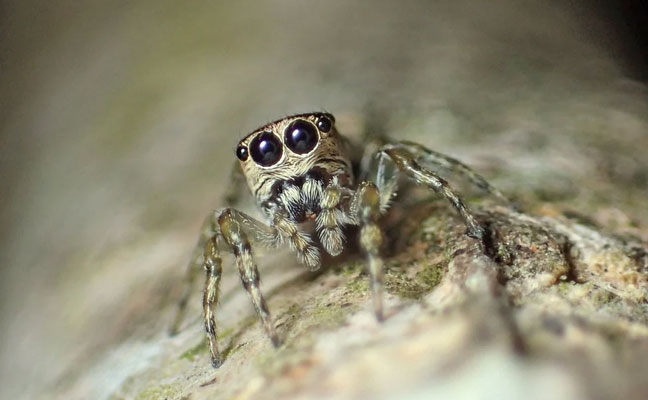
The arthropod order Araneae, or spiders, are often seen as pests that lurk in dark spaces in basements or craft webs in an entryway. But the benefits of these eight-legged friends outweigh the cons. At this time of year, when these arachnids are used as decorations and scare tactics for Halloween, there are key facts pest management professionals (PMPs) need to know for a comprehensive approach to spider management.
Potentially harmful spiders
A common misconception about spiders is that some species have venom, while others do not. Mythbusting time: All spiders have venom; the difference lies in the ability of their fangs to inject venom into humans. For many species, the fangs are too small to pierce human skin. The following spider species are most likely to interact with humans and potentially deliver that venom in the United States:
- Northern black widow (Latrodectus variolus): Easily identified by the distinctive hourglass on the ventral abdomen, this spider has the most significant concentration of venom with effects impacting the central nervous system of humans. They are most commonly found outdoors in bushes, underneath fallen leaves or twigs, or in other dark spaces like exterior rodent stations.
- Brown recluse (Loxosceles reclusa): Mostly found in the Midwest, the venom of the brown recluse can cause necrosis of human skin following a bite. While the bite can be medically dangerous, this species has few interactions with humans due to their reclusive nature. They are most easily identified by the violin shape on their dorsal cephalothorax.
- Yellow sac spider (Cheiracanthium spp.): These small, pale, yellowish spiders have a mildly harmful bite that will cause redness and swelling. Found indoors, like most spiders that bite humans, these spiders often react only when trapped against the skin.
- Wolf spiders (family Lycosidae): Mostly found outdoors in fields, these ground-hunting spiders use venom to subdue prey. Bites to humans can cause some mild swelling, with minimal likelihood of significant wound damage.
Why spiders are considered helpful ‘pests’
While seeing a spider in the home or office can be jarring to our clients, it’s important to educate consumers that spiders are performing free and natural pest management. All spiders prey on arthropods, which can include flies, wasps, beetles and moths. The presence of spiders in a space reduces the amount of these pests, along with the need for materials to treat said pests.
More spiders reside in the dark corners of many structures, whether it’s an office building or a residential home. Generally, spiders are reclusive and nocturnal, with a preference to hunt prey at night and to be in a protected area during the day.
Key points to share with customers to educate them on the benefits of spiders include:
- Natural pest management: Spiders prey on insects, assisting with managing the number of pests that invade homes and urban structures, along with reducing the need for excess chemical pesticides.
- Support biodiversity and food webs: Spiders are not only predators, but prey to birds, reptiles and other animals.
- Bio-indicators of ecosystem health: The presence of spiders can signify a balanced ecosystem, as they are sensitive to environmental changes. Too few can cause insect populations to bloom.
Why spiders are drawn to a structure
For those who don’t want spiders in their spaces, there are key factors that draw them to a structure. Before looking at ways to eradicate the spiders from a space, first look at these key environmental features that can easily reduce the amount present on a property.
- Lighting: The most common trigger for a large spider population is the type of lighting present. White incandescent light with blue wavelengths attracts moths, flies and other arthropods that spiders prey on, therefore attracting the predators themselves.
- The fix: Switch to yellow bulbs that have a lower likelihood of attracting spider’s prey, as most flying insects do not perceive yellow wavelengths of light. For additional prevention, angle outdoor lights away from doors and shade windows at night to reduce insect (and, therefore, spider) attraction.
- Proximity to a water source: Water sources can often lead to higher numbers of aquatic emerging insect pests like mosquitoes, mayflies and midges, all of which are prey for most spiders.
- The fix: Reducing water sources near office or residential locations will reduce the number of pests and the number of spiders attracted to them.
- Landscaping: The more landscaping near a home or office, the more arthropod pests and spiders will be found.
- The fix: To reduce this, lay a perimeter of pea-sized gravel, ideally 3 inches deep and 3 feet wide, to act as a barrier around exterior perimeters.
Because most spiders and their webs are beneficial for controlling other pests, educating customers to their benefit can actually assist you with doing pest management around their homes and businesses.
Leave A Comment